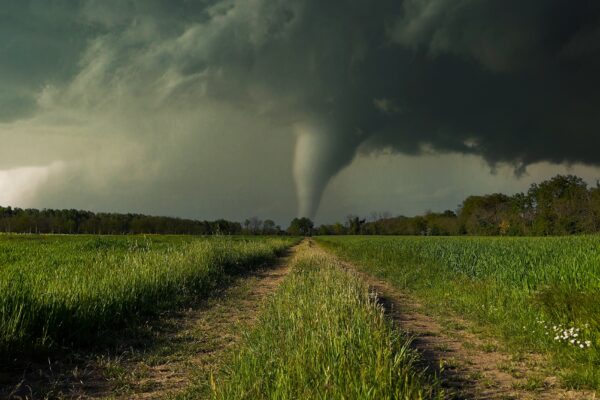Six Characteristics of Award-Winning Outage Communications Programs – Part One: Strategy and Organization
By Russ Henderson, Senior Research Manager –
As I write, Hurricane Ida is barreling toward Louisiana, threatening a direct hit on Entergy, which last year excelled in its response to an unprecedented 2020 storm season. Entergy faced and met many challenges with success last year, for which the company deservedly won our 2021 Chartwell Best Practices Award for Outage Communications.
Entergy is one of many members of Chartwell’s services that have displayed excellence in outage communications in my 10 years researching and tracking the topic. Since September marks my one-decade anniversary covering outage communications at Chartwell, and since it is usually the month when major outages tend to take place, I plan to write a series of blogs over the coming weeks.
My goal is to discuss some of the various characteristics that, in my experience, are shared by utilities that have displayed excellence in outage communications through the years, including Entergy.
Set clear strategic objectives
The first principle is to have clear objectives that are measurable. According to our Outage Communications Industry Benchmark Survey, a large number of utilities share a few of these objectives in common.
The most commonly held objective (for 90% of survey respondents) is to satisfy customers.
The next most commonly held objective (shared by 67% of respondents) is reducing impacts on the contact center and crews by deflecting calls and absorbing customers’ attention. Also, 63% share the goal of preserving and enhancing the utility’s brand.
Setting clear and measurable goals is crucial because it will guide everything else. A decade ago, when I started as an outage communications analyst at Chartwell, Entergy won our gold best practices award for creating a way to provide proactive push alerts – including through the then-nascent channel of text.
The company did not even have advanced metering infrastructure at the time, which meant creating a massively manual, manpower-heavy way of providing push alerts. But because of the company’s commitment to its goals against all obstacles, the effort succeeded in significantly increasing customer satisfaction.
Plan and organize across departments
The second principle of winning programs is having a cross-functional teams that evolve and carry out a outage communications strategy in a dynamic way.
Ten years ago, outage communications was seen as either a corporate communications concern or it was as something the Incident Command Structure did during major storms.
Today, most utilities (62%) have a cross-functional team that works on outage communications year-round and carries out the great programs that win Chartwell’s awards every year. Only 13% now leave outage communications to a dedicated department such as corporate communications because there is now widespread understanding that coordinating and communicating about outages involves every part of the utility enterprise.
An excellent example of this is provided by Southern California Edison which they call their Dream Team. Over the years, the team has continually changed, adapted and consolidated until now its personnel structure comprises outage communications, outage management and technology integration under one umbrella.
As a result, SCE was able to respond rapidly when the COVID lockdowns rapidly decreased customers’ tolerance for planned outages. After the outage communications team discovered this greater customer sensitivity, the outage management team was able to quickly reduce the number of planned outages but also increase the number of crews dedicated to each planned outage.
This greatly reduced the duration of planned outages, leading to an increase in customer satisfaction.
SCE also changed the language the company uses to refer to planned outages. The company began calling them “essential” outages to convey the message that, if SCE doesn’t do the needed work now, it will only cause even longer duration outages in the future.
Stay tuned for my second blog in this series within the next two weeks, which will focus on the channels and communications tactics that are most effective with customers, today.
To learn more about Chartwell’s outage communications products and research, including our Outage Communications Leadership Council, contact me.






